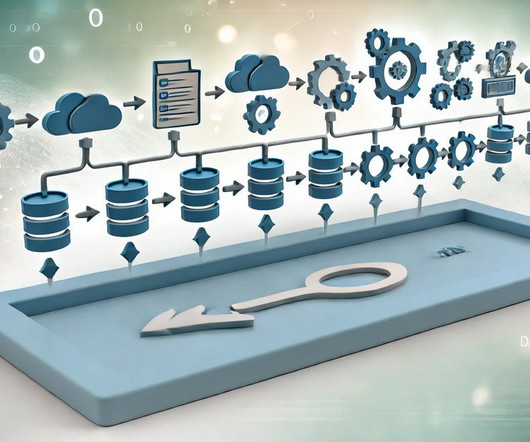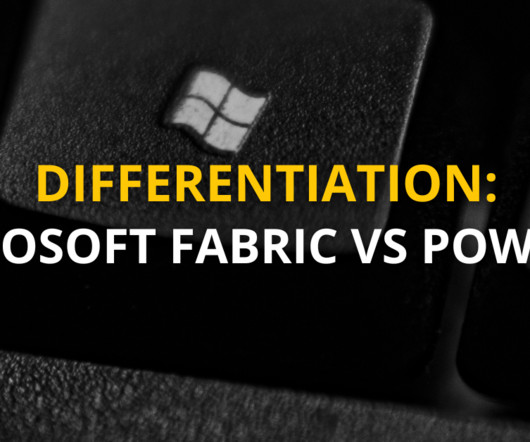A Beginner’s Guide to Data Warehousing
Unite.AI
DECEMBER 5, 2023
This article will explore data warehousing, its architecture types, key components, benefits, and challenges. What is Data Warehousing? Data warehousing is a data management system to support Business Intelligence (BI) operations. It can handle vast amounts of data and facilitate complex queries.












Let's personalize your content